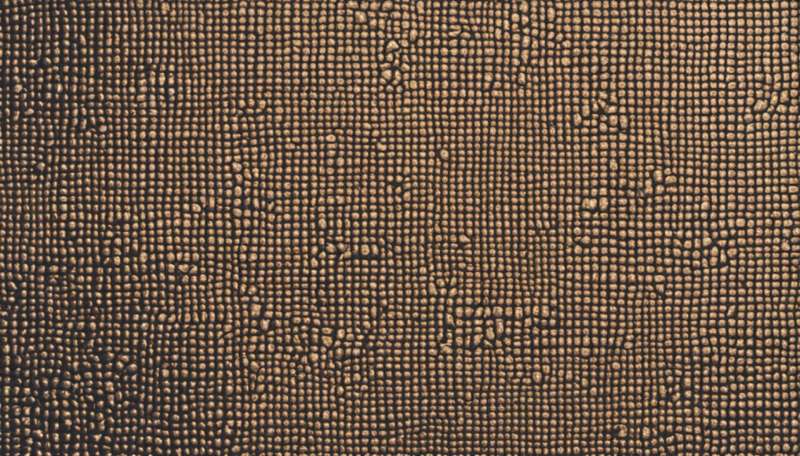Preventing the impact sound annoyance from lightweight floors

One of the biggest noise nuisances in homes arises from people simply moving around their homes. In particular, this can be quite disturbing for people living in buildings where adjoining homes have traditional wooden floors. For his Ph.D. research, Yi Qin has studied the impact sound of lightweight floors caused by people in their homes.
In homes, impact sounds are mainly caused by floor vibrations excited by impact forces. These sounds are influenced by the mechanical properties of the floor, such as the mass and the stiffness.
To minimize material use and combine technical services within the floor system, the use of lightweight floor systems has become very popular. Compared to conventional heavy floors, whose weights are approximately 500–800kg/m2, lightweight ones have about 50% of the total weight. In general, lightweight floors have poor insulation against low-frequency ( less than 200 Hz) impact sound. Residents in buildings with lightweight floors may also experience perceptible low-frequency vibration due to thin elements and materials with low rigidity.
Sensitive to low frequencies
Most impacts given by human activities on floors, such as walking, have more energy at low frequencies than at middle and high frequencies. Added to this, people are more sensitive to vibration and noise at low frequencies.
Although different types of foot wear can serve can change the type of variations, this does not change that impacts may cause unpleasant noise and vibration on lightweight floors.
Current methods for the experimental evaluation of floor vibration and impact sound often apply mechanical excitation sources, such as the standard tapping machine or an impact hammer. As part of his Ph.D. research, Yi Qin used human heel drops as a reliable and flexible excitation source for the same purpose.
Through the measurement, he observed the sensitivity of the floor responding to the excitation force and the effect of the interaction between the floor and the human body on the floor vibration and impact sound. The results of these experiments were also used to validate a model to quickly predicting the floor vibration and impact sound due to impact forces.
Solutions
Typical solutions towards reducing impact sound, such as adding heavy materials, rigid supports, and damping coverings, are often difficult to apply to lightweight floors or inefficient in the low-frequency range.
Qin's research also looked at the efficiency of dynamic vibration absorbers (DVAs) in reducing the low-frequency impact sound of lightweight floors. Each DVA, characterized by mass, damping, and stiffness, can suppress a low-frequency vibration mode of a lightweight floor.
Using their developed prediction model, Qin and his colleagues optimized the parameters and locations of the DVAs to effectively absorb the vibration energy of the floor and then dissipate it with their damping effect. In a case study of a wooden joist floor, the DVA approach gave a higher vibration reduction (4.8 dB) compared to other measures (maximum 1.8 dB) below 100 Hz.
More information: Characterization of impact sound from lightweight joist floors. research.tue.nl/en/publication … tweight-joist-floors



















